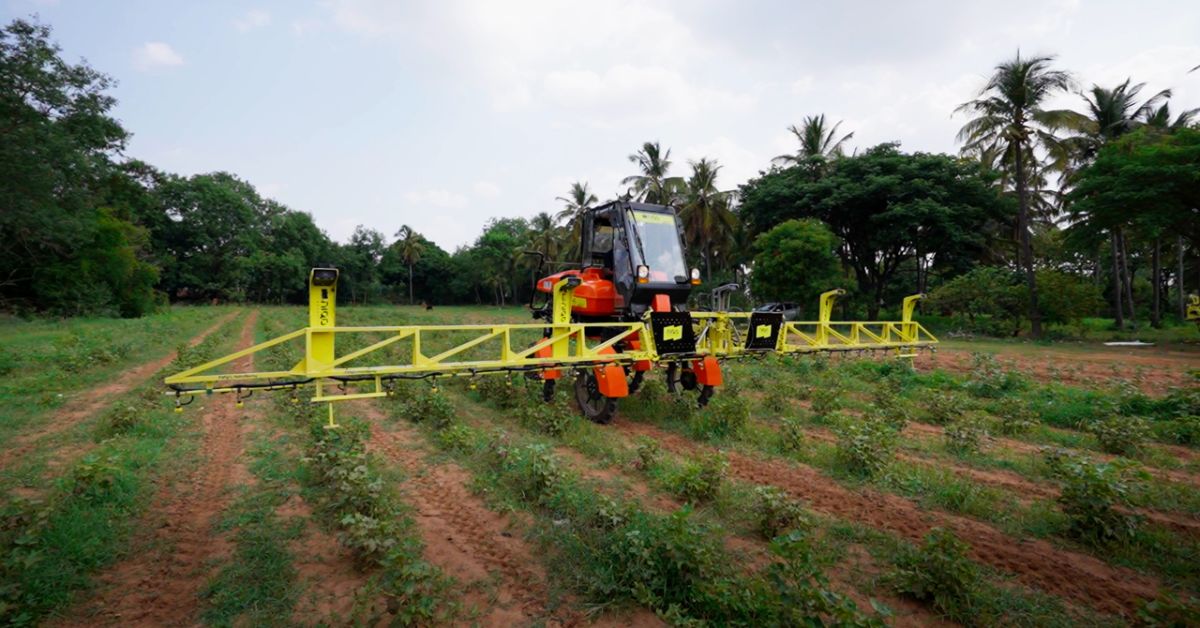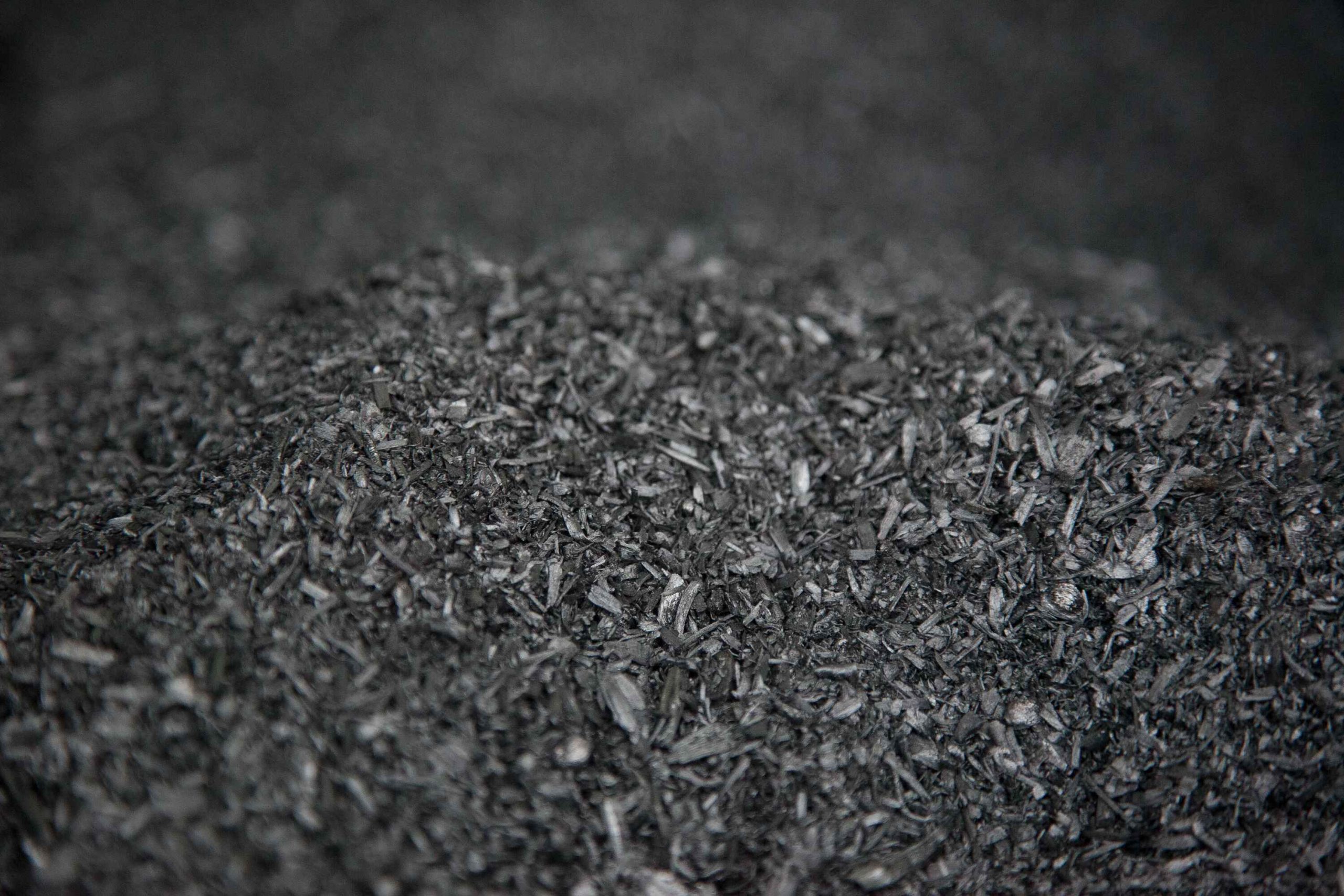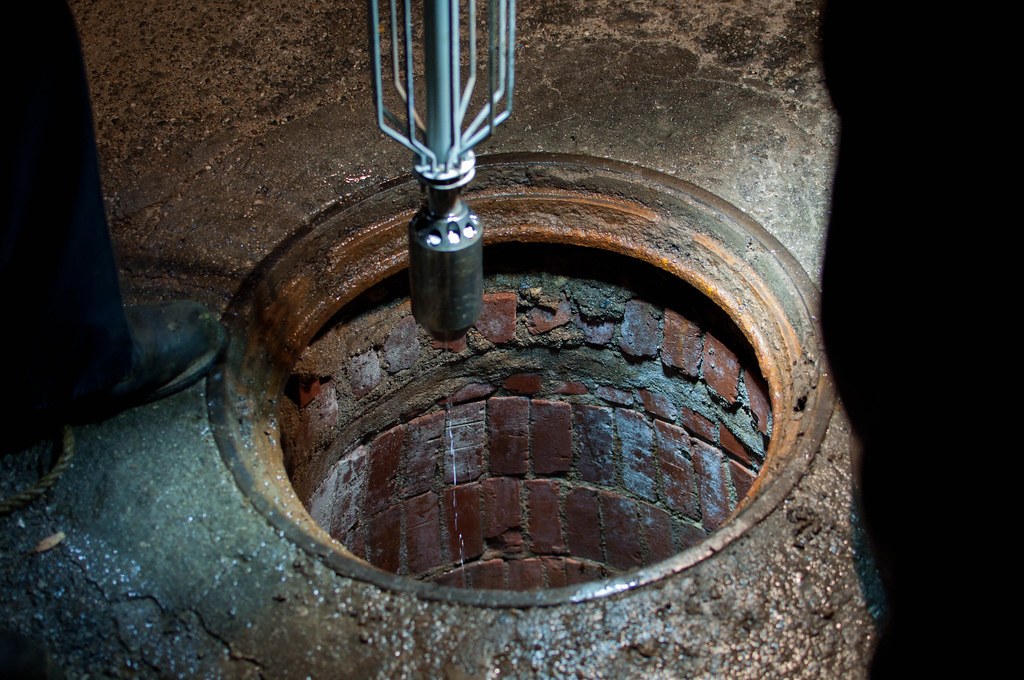A World of Innovation: How Nations Shape the Future of AI-Powered Precision Agriculture
The global landscape of precision agriculture is rapidly evolving, with artificial intelligence (AI) and robotics at its core. Countries are charting distinct paths, influenced by their agricultural structures, policy priorities, and technological capabilities. India’s Niqo Robotics stands as a compelling example of how local realities drive unique innovations, especially when contrasted with models from the United States, Europe, and China. Understanding these varied approaches offers critical insights for shaping India’s policy and technology trajectory.
Divergent Models: Comparing the U.S., Europe, China, and India
In the United States, firms like Blue River Technology—now part of John Deere—have set benchmarks with AI-driven spot spraying robots. These machines use advanced computer vision to identify and target weeds, achieving up to 90% reductions in herbicide use for crops such as cotton and soybeans. However, their high cost and large-scale design align with the U.S.’s expansive commercial farms, supported by robust venture capital and a regulatory environment that encourages agri-tech innovation.
Europe, particularly the Netherlands and Germany, emphasizes sustainability through precision agriculture, underpinned by strong government subsidies and research partnerships. The European Union’s Common Agricultural Policy (CAP) not only incentivizes the adoption of environmentally friendly technologies—including AI-powered spot spraying—but also integrates these goals with direct income support for farmers. This policy-driven ecosystem has accelerated the uptake of precision tools, as seen in Dutch greenhouse automation and German field robotics.
China’s approach is characterized by state-led, top-down initiatives focused on food security and rural modernization. The government has deployed AI-powered drones and robots at scale, particularly for pest control and yield monitoring, as part of its “Digital Agriculture and Rural Development Plan.” This model leverages centralized funding and policy direction, but contrasts with India’s more decentralized, farmer-centric landscape.
India, by contrast, adapts AI and robotics to its predominantly smallholder farming system. Niqo Robotics’ ground-based, tractor-compatible spot spray robots are designed for India’s diverse crops and fragmented landholdings. This contextual innovation reflects both economic necessity and policy evolution.
Policy Lessons: Integrating Precision Agriculture into Broader Agendas
Global experiences highlight the importance of embedding precision agriculture within comprehensive policy frameworks. The EU’s CAP and China’s rural modernization plans offer instructive models for India. Integrating AI-powered precision tools into national sustainability, food security, and rural development schemes could amplify their impact.
Indian policymakers are beginning to move in this direction. The promote reduced chemical use and eco-friendly practices, providing fertile ground for precision spraying technologies. However, experts argue that further alignment—such as direct incentives for AI adoption and public-private partnerships—could accelerate progress.
Real-World Impact: Case Studies from India and Abroad
The practical benefits of AI-driven precision agriculture are increasingly evident. In India, Niqo Robotics’ deployments in Maharashtra and Karnataka have enabled farmers to reduce pesticide costs by over 50%, while improving crop health and minimizing environmental harm. For example, Ramesh Patil, a farmer in Ahmednagar, reported healthier crops and significant savings after adopting Niqo’s robot.
In the U.S., large-scale adoption of Blue River’s See & Spray technology has led to dramatic reductions in chemical usage and operational costs for commercial growers. Similarly, Dutch tomato growers have leveraged AI-powered robots to optimize nutrient delivery and pest management, contributing to the Netherlands’ status as a global leader in agricultural productivity.
Expert Perspectives: Indian Voices on Responsible AI Adoption
Indian thought leaders emphasize the need for context-aware, inclusive, and responsible AI deployment. Dr. Ramesh Chand, Member of NITI Aayog, has stated, “Precision agriculture technologies can transform Indian farming, but their success hinges on integration with extension services, farmer education, and supportive policy.” The at IIT Madras advocates for transparent, ethical AI governance, highlighting the importance of data privacy and farmer rights.
Academic collaborations, such as those between the Indian Council of Agricultural Research (ICAR) and IITs, have yielded AI models for early pest and disease detection tailored to Indian crops. These efforts underscore the value of homegrown research and capacity building.
Pathways Forward: International Collaboration and Capacity Building
India stands to benefit from global partnerships and knowledge exchange. Initiatives like the aim to enhance AI infrastructure and policy alignment, supporting technology transfer and innovation. Additionally, the provide a comparative lens on global trends, offering valuable guidance for Indian policymakers and innovators.
To maximize the potential of AI-powered precision agriculture, India must continue to foster public-private partnerships, invest in farmer-centric training, and align technology adoption with broader sustainability and rural development goals. By learning from global models while prioritizing local realities, India can chart a path toward more productive, sustainable, and inclusive agriculture.













